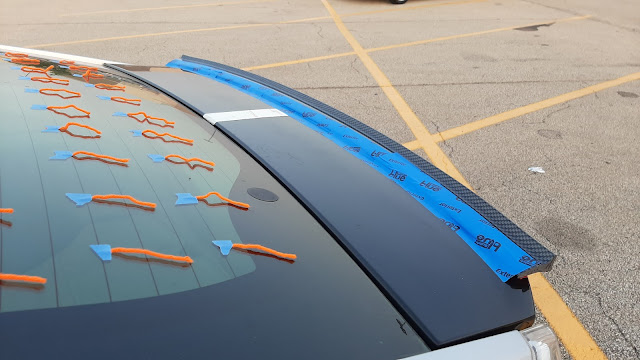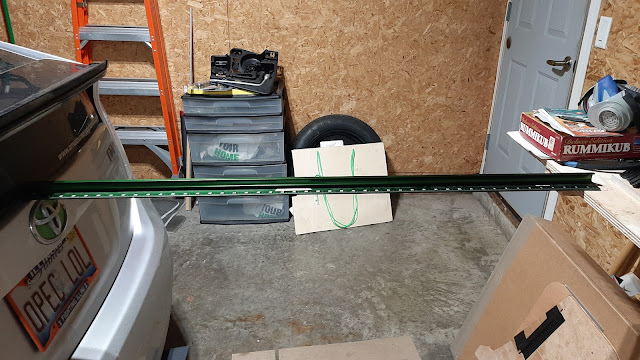A Practical Guide to Aerodynamic Modification

Updated August 15, 2023 Tuft testing shows the streamlines on a car as the yarn aligns itself with airflow while you drive. Gas prices have recently reached their highest level in nearly a decade. You may find yourself looking at your car, wondering if it’s possible to use less fuel on your long commute and keep some money in your pocket. You may have heard of people who modify their cars to get better fuel economy. You might have even seen cars like the Aerocivic, a weird-looking contraption that was reported on in mainstream media articles during the gas price spike of 2008-09. Would doing something like that work on your car? Can you modify the aerodynamics of your car at home? The good news is, you can! The better news is, you don’t have to (and shouldn’t) make your car look like the Aerocivic. Air drag has an influence on the fuel economy of cars, and that influence is greater the faster you typically drive. You can also do a lot more with airflow than just reduce drag. Many peo




